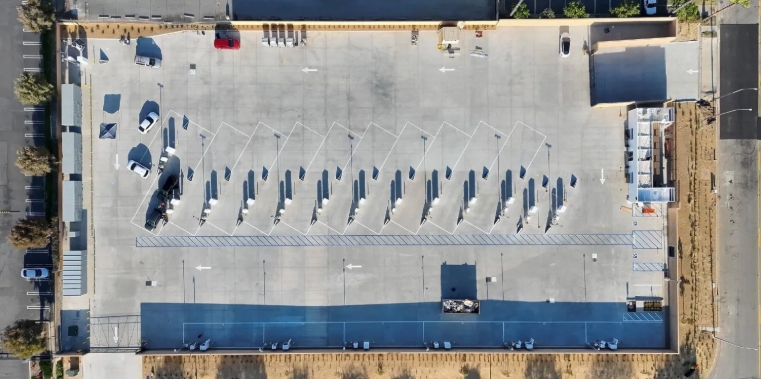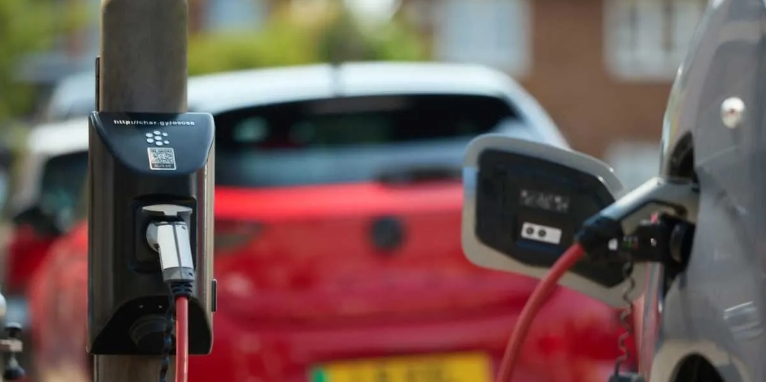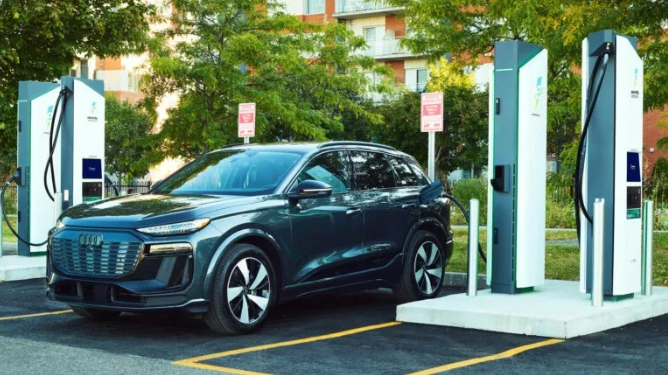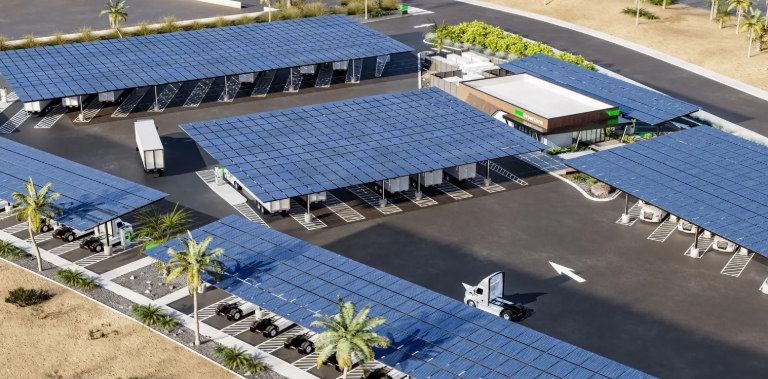
Etla on Tuesday reported that the fall was attributable particularly to a drop in the use of fossil fuels in energy production, but also to a drop in transport emissions and the impact of less intensive logging on the carbon sink of forests.
The development of total emissions is not expected to be as positive in the coming years, however.
Etla is forecasting that national greenhouse gas emissions, excluding the land-use sector, will decrease at an average annual pace of 3.4 per cent until 2028, representing a slowdown from the previous pace.
The decrease witnessed to date has stemmed particularly from energy production as fossil fuels have made way for emission-free sources of energy. Last year, the decrease was attributable to an increase in hydropower generation, expansion of wind power capacity and the commissioning of OL3, the third reactor unit at Olkiluoto Nuclear Power Plant.
“The energy supply sector was a major source of emissions as recently as in 2022, but it is where emissions have decreased the fastest,” remarked Ville Katila, a researcher at Etla.
“At the end of the 2020s, agriculture, as well as transport and warehousing, will become our largest emission sources.”
The so-called carbon sink of forests grew last year as a result of less intense logging, enabling the country to make the most progress toward its carbon-neutrality goal since 2012. In the long term, however, the country has not become any more carbon neutral because the emission reductions have coincided with the contraction of the carbon sink.
Etla said Finland has to slash emissions across the economy, including in the land-use sector, if it is to achieve carbon neutrality by 2035. Katila identified an expansion of emission pricing schemes as one effective means to foster the carbon sink and support the carbon-neutrality efforts.
“Forecasts suggest the land-use sector is at risk of becoming an emission source once again in the coming years,” he noted.







